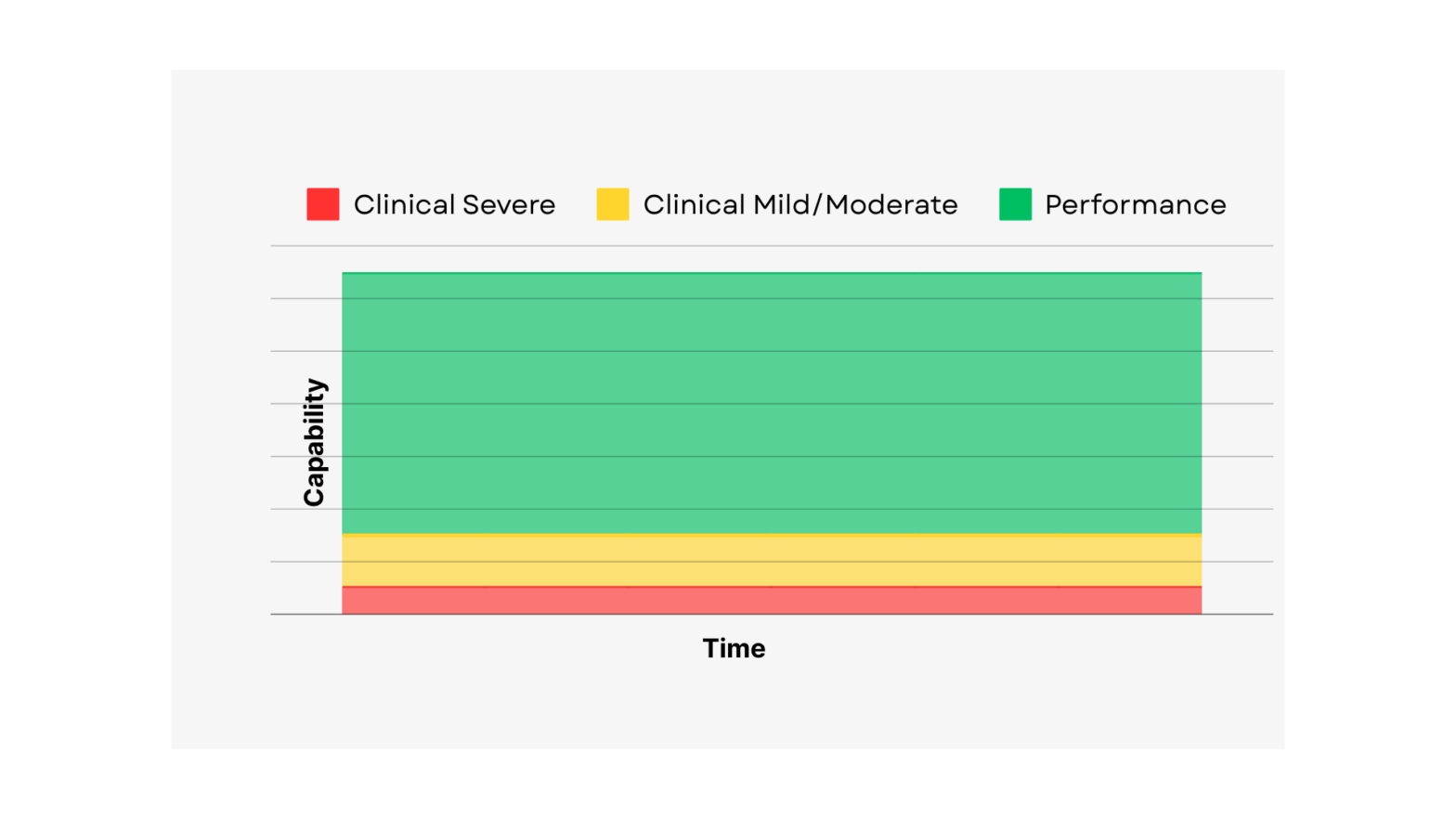Vestibular function and cognition are closely related, with studies showing that individuals with dysfunction of the vestibular system frequently show deficits in attention, working memory, executive function, and spatial orientation. [1] The vestibular system is in the inner ear, just deeper than the hearing system. It is vulnerable to blast overpressure and ear pro does… Continue reading The Vestibular System and Cognition
Tag: Performance
Violence of Action
Entering a room with violence requires the ability to produce a high force of movement with your eyes up, maintaining visual clarity, and control deceleration into a stable shooting platform. These are all key capabilities of the vestibular system. Eyes Up Moving with your eyes up depends on your vestibular and proprioceptive systems to maintain… Continue reading Violence of Action
“Every Tactical Team in the Country Should be Doing It”
Initial feedback of the Breacher Up program has been incredible. I truly believe every tactical team in the country should be doing it.Z.C. SWAT “The other guy that has been doing it daily with me has noticed an improvement in both his CQB and also his jiu-jitsu” Z.C. SWAT “The guys have said they feel… Continue reading “Every Tactical Team in the Country Should be Doing It”
Novel Sensory Environments
Tactical professionals are constantly performing under novel sensory environments. The unpredictable nature of the job requires strong foundational skills that can be an asset in any condition. Strength, power, and speed are all important foundational skills to prepare for the unpredictable. But because of the extreme and unpredictable conditions tactical athletes perform under, training to… Continue reading Novel Sensory Environments
The Vestibular System and Maintaining Position
One exercise I like to incorporate in training is movement with eyes closed. This is a more advanced way to load up the vestibular system and decrease reliance on the visual system for ownership of movement. Alternating lunges with eyes closed are a great example of a simple, but not necessarily easy way to train… Continue reading The Vestibular System and Maintaining Position
Training with Specificity – Breacher
There are three primary sensorimotor capabilities required of Breachers. These skills can, and should, be trained. I built out a 3 days per week for 4 weeks Breacher Up training program to do just that. It is a supplemental program that integrates into your current strength and conditioning routine. Here is Week 1 Day 1;… Continue reading Training with Specificity – Breacher
CQB
Close quarter battle (CQB) involves a variety of low-level blast (LLB) mechanisms, with training cycles requiring frequent exposures to these overpressures. The cumulative effects of these exposures are important to understand and monitor, both for how it can impact readiness and lethality as well as the potential long-term health consequences of these exposures. SFC McEvoy… Continue reading CQB
Proficiencies, Gaps, and Obstacles
My goal is to provide training strategies that enable tactical athletes to maximize key sensorimotor capabilities and maintain that skill at the highest level over time. Most sensorimotor training falls into the clinical categories, which are shown in the yellow and red in the graph below. There is a significant gap in targeted and measured… Continue reading Proficiencies, Gaps, and Obstacles
Breaking Down Threshold Assessment: The Sensorimotor Components
Slicing the Pie Slicing the Pie involves a slight head tilt and re-orienting the head upright. The ability to perform this skill quickly while maintaining visual clarity requires the vestibular system. Specifically, the vestibulo-ocular reflex (VOR) in the roll plane. Kettlebell oblique sidebending is performed in this same plane, and through the addition of a… Continue reading Breaking Down Threshold Assessment: The Sensorimotor Components
Sensorimotor Skills
Blasts have been used in war for centuries. In fact, there is evidence of gunpowder bombs that date back to the Tang dynasty (circa 618-907 AD). [1] Though warfare and weapons have evolved since the Tang dynasty, blasts have remained a consistent variable of war. Sensorimotor skills are also a consistent variable of war, the… Continue reading Sensorimotor Skills







